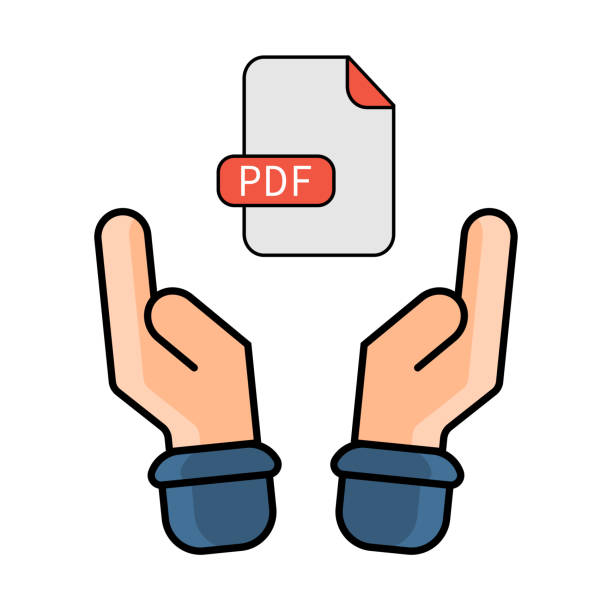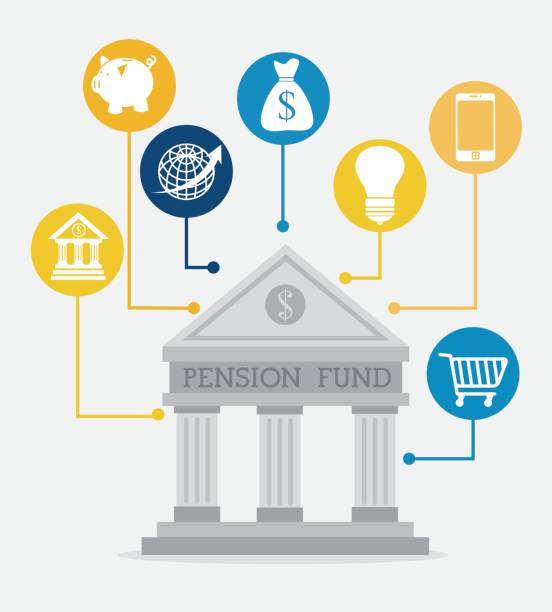Retirement cash flow planning
Retirement Cash Flow Planning: Securing Financial Independence for the Golden Years
Introduction:
Retirement is a significant milestone in life, representing a transition from active work life to a period of leisure and relaxation. However, to truly enjoy this phase, it is essential to have a well-thought-out retirement cash flow plan in place. Proper planning ensures a steady stream of income throughout retirement, allowing you to maintain your desired lifestyle and achieve financial independence. In this article, we will explore the key components and strategies involved in retirement cash flow planning.
1. Assess Your Retirement Goals and Lifestyle:
Begin by envisioning your retirement goals and desired lifestyle. Consider factors such as housing, travel, healthcare, hobbies, and any other expenses you anticipate during retirement. This assessment will provide a foundation for estimating the income needed to support your lifestyle and guide your retirement cash flow planning process.
2. Evaluate Retirement Income Sources:
Identify the various income sources available during retirement. Common sources include pension plans, Social Security benefits, retirement savings (such as 401(k), IRA, or other investment accounts), annuities, rental income, and part-time work. Evaluate the reliability and potential growth of each income source to determine their contribution to your retirement cash flow.







